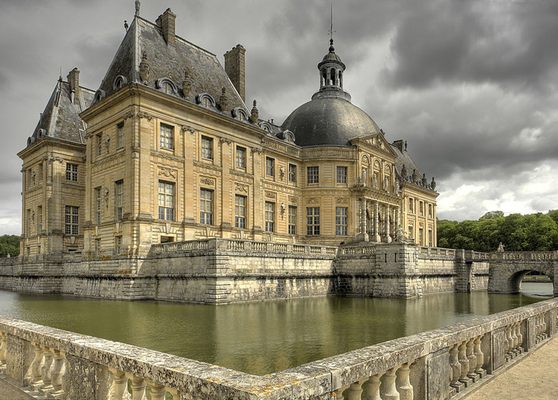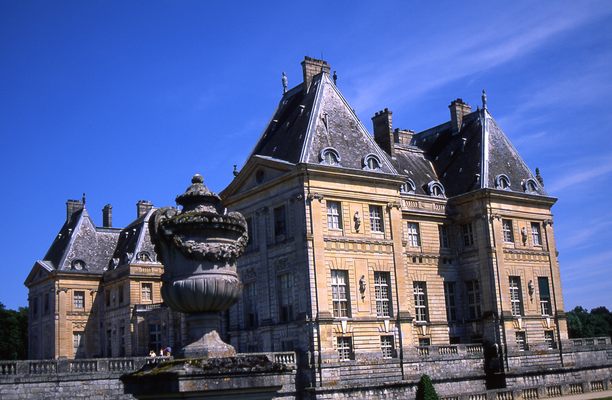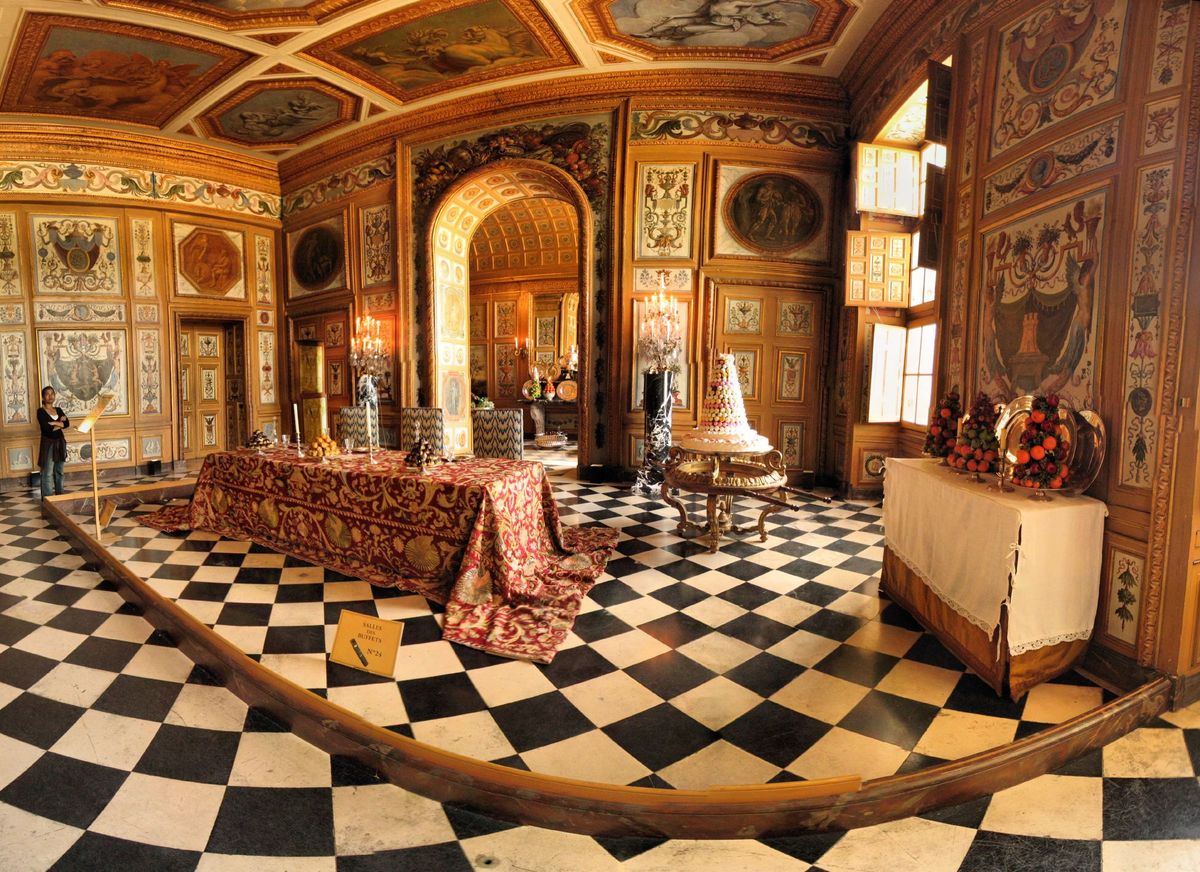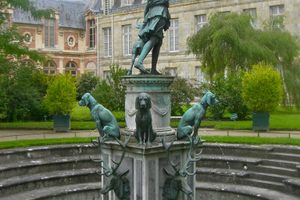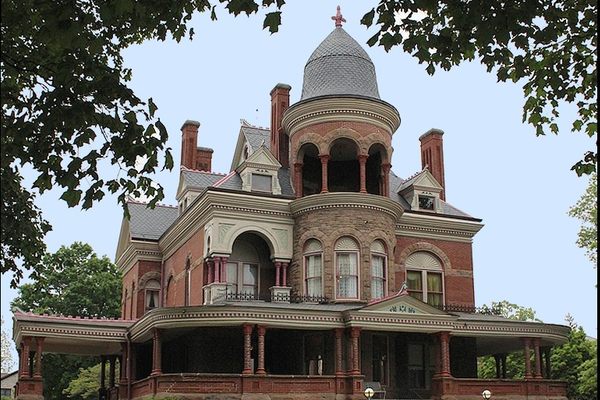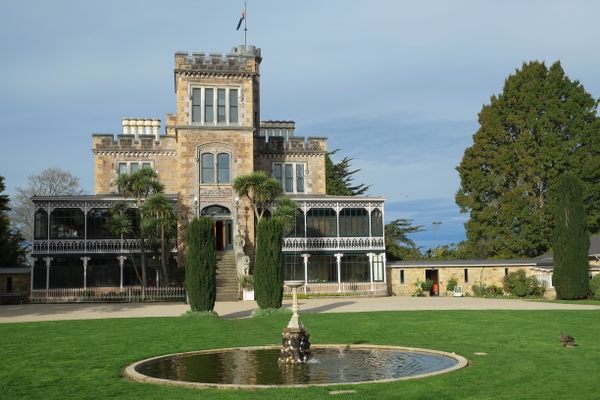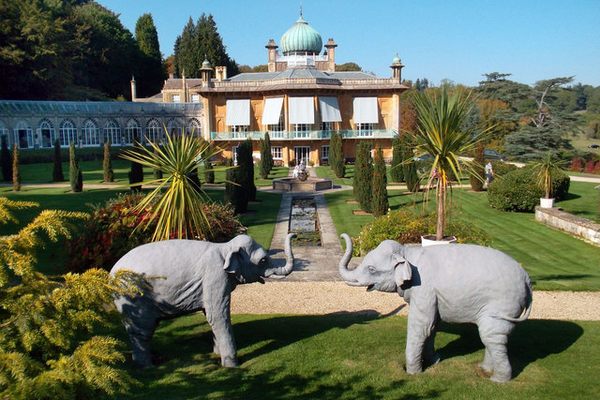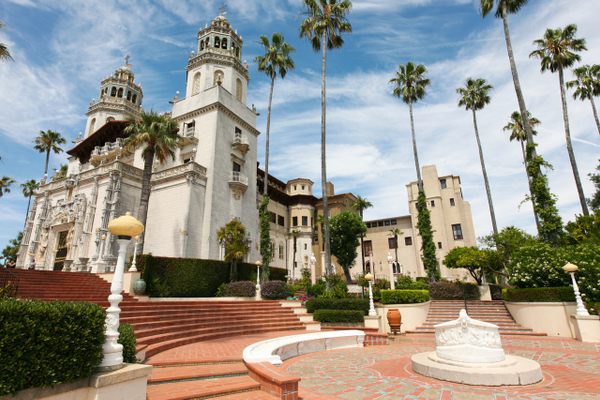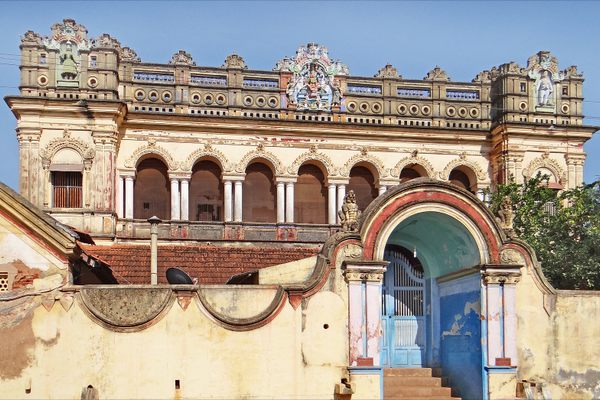About
Set just southeast of Paris near Melun, the Château de Vaux-le-Vicomte, or Vaux, was designed for Nicolas Fouquet, superintendent of finances during the early years of Louis XIV’s reign.
Fouquet utilized the talents of renowned architect Louis Le Vau, landscape architect André le Nôtre, and painter-decorator Charles Le Brun, who helped develop the quintessential 17th-century French Baroque style. These three would later collaborate again on the Château de Versailles.
When it was completed in 1661, Fouquet held a lavish banquet at Vaux for Louis XIV with the intent to impress him with his good taste. This gesture sadly backfired when a power-hungry adviser, Jean-Baptiste Colbert, made it seem as though Fouquet was upstaging the king with public funds. Fouquet was subsequently arrested and thrown in prison for life.
Though it ended badly for its commissioner, Vaux today remains in great condition, and serves as an exemplar of 17th-century French Baroque architecture. As far as French châteaus go, Vaux was the first to use two rows of rooms on the ground floor, instead of just one row, as part of the main body of the building. The design also included corridors in the basement and on the first floor—a feature that was practically unheard of at the time—that granted inhabitants private walkways to their rooms.
French industrialist Alfred Sommier purchased Vaux in 1875, and though it was a private estate for several generations, Sommier's great-grandson Patrice de Vogüé decided to open Vaux to the public in 1968. Vogüé's three sons continue to maintain and preserve the grounds today.
Related Tags
Published
March 28, 2016
Sources
- https://faculty.history.wisc.edu/sommerville/351/351-13.htm
- http://www.vaux-le-vicomte.com/en/decouvrir/the-history/nicolas-fouquet/
- http://www.architecturaldigest.com/story/french-chateau-gardens-vaux-le-vicomte-andre-le-notre
- http://www.fodors.com/world/europe/france/side-trips-from-paris/experiences/news/why-you-should-visit-vaux-le-vicomte-versailles-magnificent-precursor-10691
- https://books.google.com/books?id=KklTAAAAMAAJ&pg=PA407&dq=Vaux-le-Vicomte&lr=#v=onepage&q=Vaux-le-Vicomte&f=false
